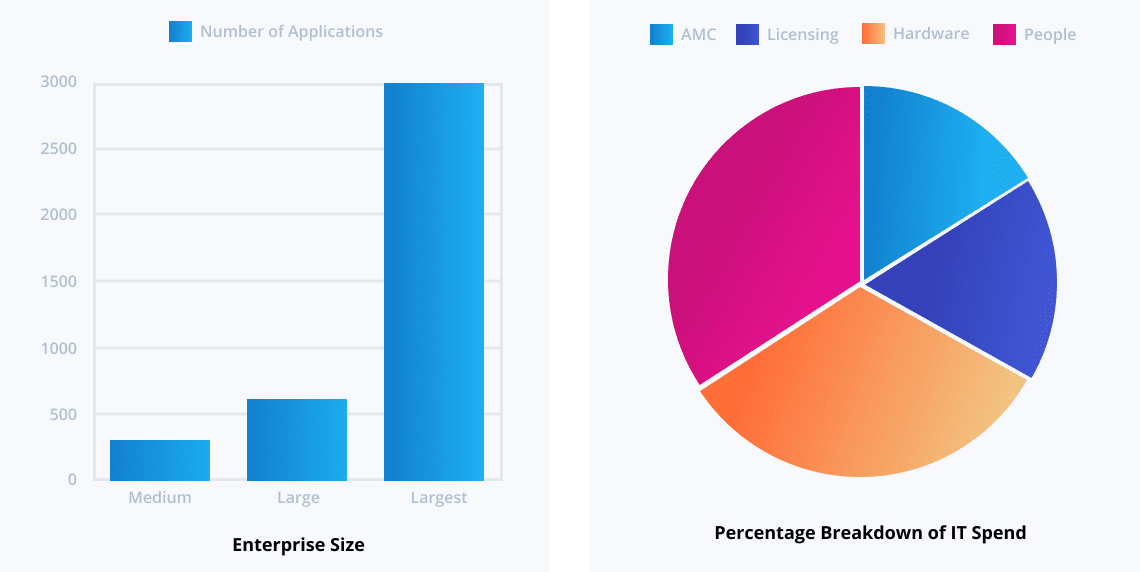
Menu

Stackyon’s application rationalization gives you higher return on IT investments and improves your cost efficiency. We enable you to consolidate application landscape to boost savings.

Support your ambitious vision for the business with Stackyon. Take a look at potential business challenges that necessitate low-code application rationalization.
As organizations grow in size and complexity, there is always an exponential growth in the number of applications. As a result, businesses need to battle the inefficiencies resulting from varied applications.
M&A activities invariably result in an overlapping and redundant application landscape. A newly added business introduces applications that often duplicate existing ones in the old organizations.
Individuals & departments often purchase applications without the Central IT department's overall governance to overcome critical challenges.
A fall in enterprise-wide visibility leads to more purchases of similar applications across departments or geographies.
The sheer size and complexity of operations across an enterprise affect centralized decisions. It leads to efficiency loss from individual mandates.
Purchasing hundreds of applications guarantees redundancy and outdated legacy systems that consume time and resources, leaving a significant cost impact.


Identify Needs and Set Governance

Inventory Applications







Realize significant savings by rationalizing the number of vendors. It guarantees a shift in mindset from vendor management to mutually beneficial strategic partnerships.
Fewer applications, greater adoption and usage, and tight integration between systems and teams that can maintain and build on multiple applications result in high ROI.
Rationalizing the application landscape makes standardization and synergies possible. However, it eliminates diverse tools and technologies.
Improving antiquated systems, eliminating redundant infrastructure, and optimizing resource utilization saves costs.
Eliminate inefficiencies and bottlenecks with enterprise-wide automation. Hyper integrate to highlight information black holes and data craters.
Enable closer collaboration between technical and nontechnical employees through a platform that helps them speak a common language.
